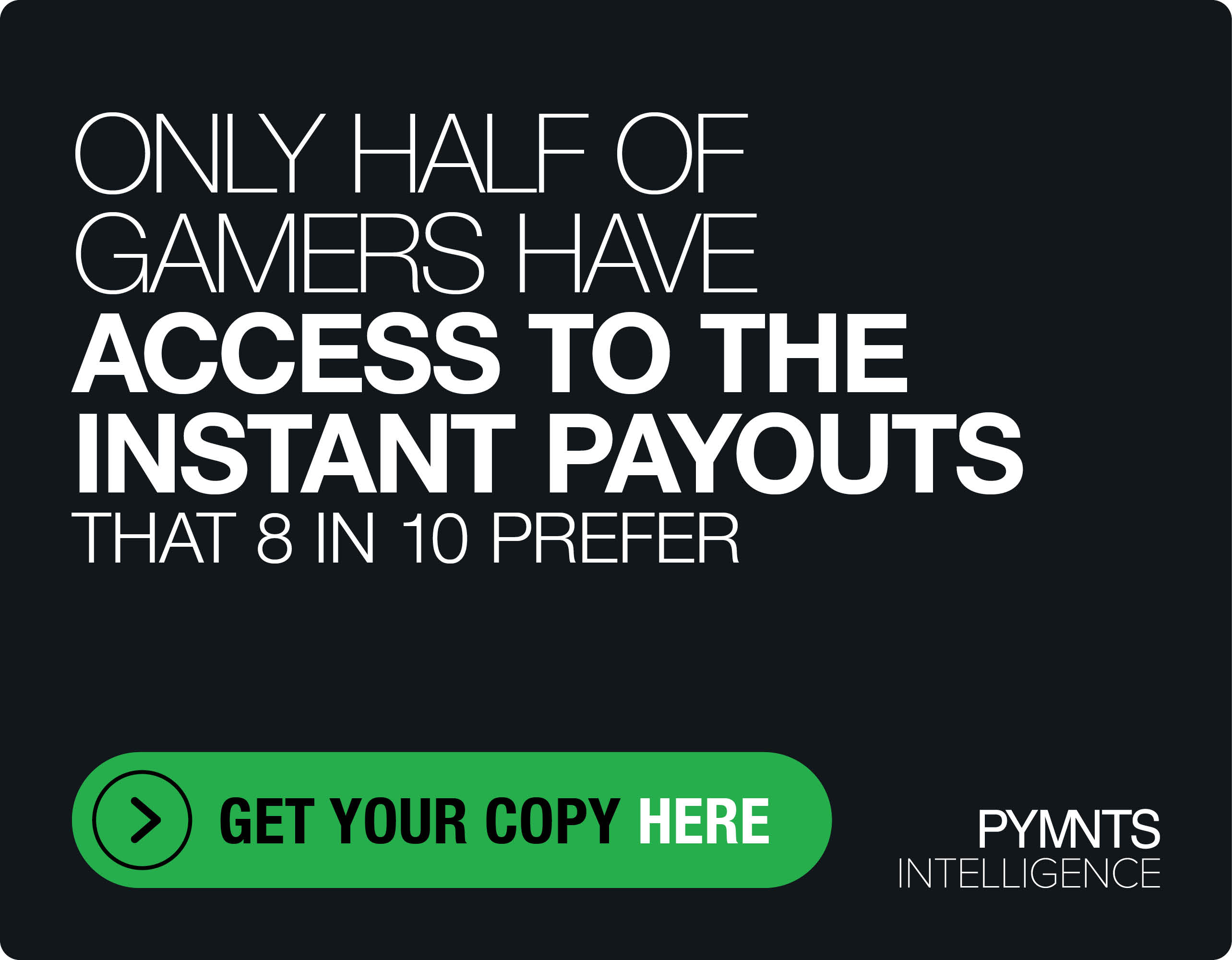Real-Time Payments, APIs and Infrastructure Unlock New Consumer Use Cases
Historically, developers who wanted to build on top of the existing payments infrastructure have struggled to access the data needed to build real-time, engaging experiences.
According to Fidel API Chief Technology Officer Andre Elias, that’s a gap that the global financial infrastructure firm is filling today, providing developers with tools to create applications on top of existing payment infrastructure and access that data to trigger event-based experiences.
“By having these modern APIs [application programming interfaces] that did not exist in the past, we can see a new [range] of applications appearing on loyalty and rewards, expense management, personal finance management, [among others],” Elias told PYMNTS in an interview.
The Fidel API platform enables developers to get granular transaction messaging the moment a purchase is made, enabling them to build real-time, personalized products and experiences.
“Basically, a developer with a single integration with our API can receive real-time payment events from any card like Visa, Mastercard or American Express card, and that real-time element enables a new range of applications,” he explained, adding that it enables engagement with the user or cardholder at the moment of purchase — “and that is very powerful for many of these use cases.”
Read more: APIs Drive Omnichannel Growth by Connecting Real-Time Transaction Data Across Channels
One of those use cases, he said, are loyalty and reward programs, a sector being tapped into by clients like Google and British Airways. Businesses in that space can leverage the firm’s APIs to automate the loyalty experience and instantly connect with consumers to attribute rewards when a transaction occurs, removing friction from the buyer’s journey.
Corporate expense management is another area that “is perfectly aligned with our vision to make money programmable,” Elias said, enabling employees to automatically link program expenses paid with corporate cards on work trips, for example.
See also: APIs Transform Consumer Financial Management With Real-Time Data
“As a user on foreign business travel, you should be able to program all card transactions that can be sent to your company in real-time [while abroad],” he explained. The company can put controls in place to track expenses, making it a win-win for both sides.
Users Always in Control
As evidenced by the impact of real-time data on these different sectors, APIs are enabling transformation across a broad range of business use cases. This transformation would not have been possible without real-time data fueling significant growth across industries in the process.
Although data sharing comes with risks, it goes without saying that ensuring security safeguards are put in place to manage and protect clients’ data is of utmost importance, and one role that Elias said is a top priority at Fidel API, especially around user consent.
“All of the data that is shared can only happen with the user’s consent, so [for example] you are the one initiating the data sharing with a service or an application that you want to use to improve your financial life,” he noted. “That consent management is mandatory on our API.”
Fidel API doesn’t store any card numbers, he added, and instead uses an in-house tokenization system to protect that information from exposure to third-party applications. At the end of the day, Elias said, the goal is to ensure that the user is always in control of their data and information and can, at any moment, revoke that consent and prevent their data from being shared with any application.
Richer Than Open Banking Data
Apart from real-time data, Elias said the firm’s biggest differentiator is the access it provides to quality, granular data sets from the card networks, which in his view are much richer than open banking data.
Related: APIs Give Companies Granular Insight Into Expense Management
“We see a lot more data fields that are used to enable use cases that are not possible with open banking,” he pointed out.
And with those two combined, the aim is to continue to discover new use cases and other experiences that can be enabled using real-time data feeds, while exploring links to blockchain data and Web3 wallets to determine how to build a bridge between the two different rails.
Read more: APIs Turn Payment Cards Into Programmable Money
Ultimately, it all comes back to the vision of making money programmable.
“Money doesn’t only move on cards, it also moves on bank accounts [and] on blockchain, so we are trying to widen our scope to determine the type of data our clients would need and what would make sense for us to enable,” Elias said — and that will always be done with strong identity and verification software and data principles in place.
For all PYMNTS EMEA coverage, subscribe to the daily EMEA Newsletter.
